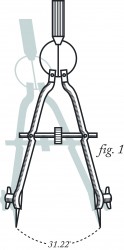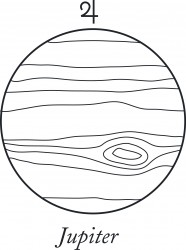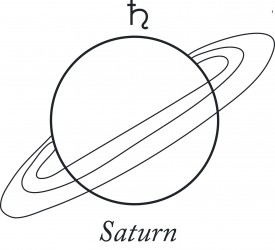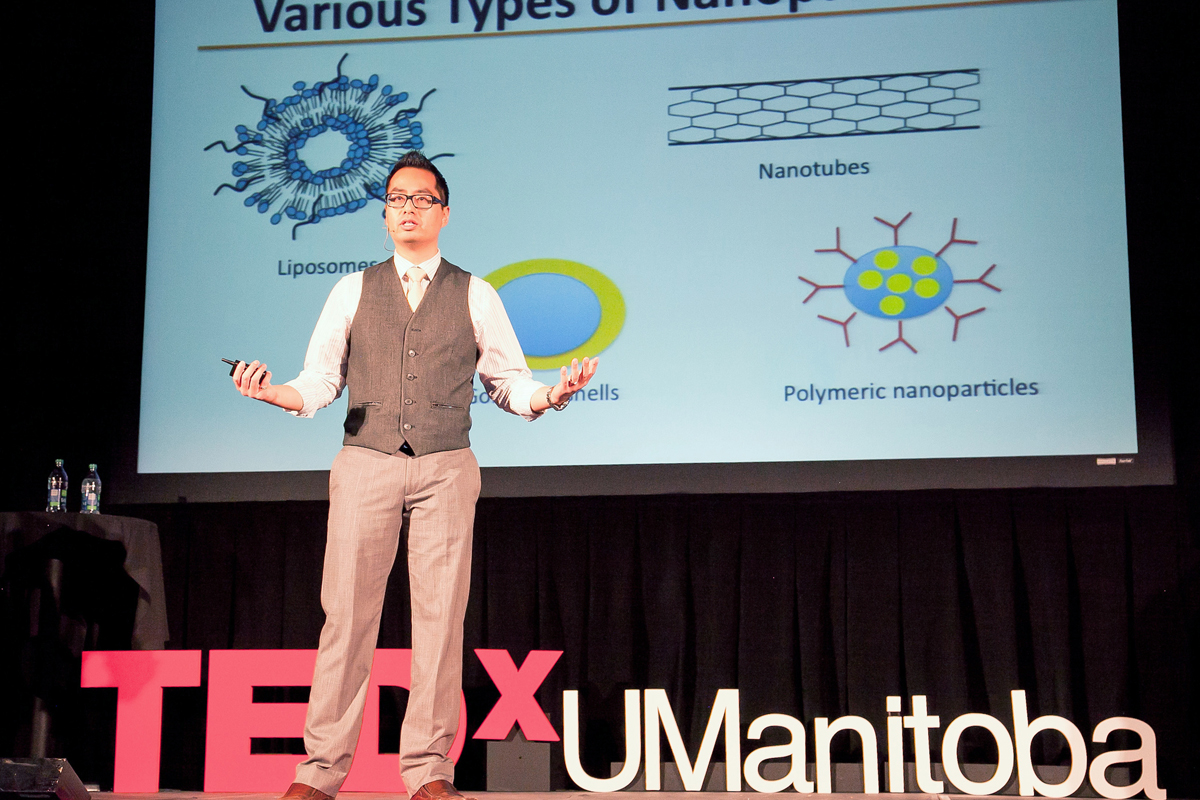If you’re going to talk about the philosophy of science, it’s important to have some historical background. To help trace a little bit of science’s history, I interviewed Rhonda Martens, a professor of philosophy here at the U of M. Martens specializes in the history of astronomy—one of the oldest sciences—and has written a book on the 17th century German astronomer Johannes Kepler, entitled Kepler’s Philosophy and the New Astronomy.
We tend to think of any era before 1400 CE as part of a gigantic scientific dark age where all attempts at systematic knowledge were either mystical or wildly speculative. This is not very fair to our scientific forbears.
“Given that ancient astronomers didn’t have telescopes or really accurate clocks, it’s actually mind-blowing just how much they figured out about planetary motion,” said Martens.
The ancients made great accomplishments in math and math-heavy disciplines like astronomy, geometry, geography, music theory, and mechanics (the study of simple machines like the wheel).
At least as early as 3000 BCE, the ancient Babylonians had begun to identify constellations – a prerequisite for the star charts used for navigation and timekeeping. The Greco-Roman astronomer Ptolemy had developed an extremely accurate system of astronomy by 150 CE. In the third century CE, Eratosthenes attempted to measure the size of the Earth by determining the angle of light from the sun at two locations at the same time. Because of controversy over the exact size of his unit of measurement, we’re not sure just how accurate he was, but the idea is brilliant in itself.
The problems in astronomy are difficult, especially since the ancients lacked the technology to build the sophisticated measuring devices that are commonplace today. Also, astronomical calculations depend on accurate measurements of time – measurements that come from astronomy. “It is a bootstrapping problem of no small proportions,” said Martens. It’s tempting to laugh at some of the more silly-sounding parts of ancient science, but the ancients were doing the best they possibly could with the tools and knowledge available to them, and without their contributions to build on, we probably wouldn’t be where we are today.
The medieval period is another time often thought of as a scientific backwater. According to popular myth, the Catholic Church frowned on all scientific experimentation and all the intelligent medievals squandered their days arguing about the procession of the Holy Spirit. “But,” says Martens, “this is not the case, especially if we look outside of Western Europe.”
During this time, Islamic civilization was at its peak, and they accomplished extraordinary mathematical and technical feats. For example, the 10th century mathematician Alhazen carried out extensive experiments on optical phenomena and wrote a treatise on optics that had an immense influence on the later developments of Kepler and Newton. Al-Jazari, an 11th century inventor, wrote a book with detailed descriptions and illustrations of various intricate devices, including water clocks, pumps, and automata.
There was still quite a lot going on in Western Europe. One name you may be familiar with is William of Ockham, a 14th century scholar born in England. He is best known for “Ockham’s razor,” often expressed as “Don’t multiply entities beyond necessity.” In other words, do not suggest the existence of some metaphysical entity without a compelling reason. This dictum—which does not appear in Ockham’s writing but expresses his sentiments—has been very influential in the development of science.
As we move into more recent centuries, we start to see the famous conflicts between scientists and the church, particularly in astronomy, which deals with the nature of heavenly bodies and the relation between humanity and the cosmos. Things were sometimes rocky between scientists and the church, but they were not straightforwardly hostile all the time, according to Rhonda Martens.
“Pretty much the only generalization that can be made is that the relationship was complex, constantly changing, and it varied by region.”
Giordano Bruno was burned at the stake for his belief in an infinite universe, with the sun as just another star with no objective importance. The more familiar Galileo Galilei was put under house arrest for his heliocentric, moving-Earth theory of cosmology. But the church often supported scientific research and a great many scientists of this period were clergymen.
The suppression of scholars like Galileo was often a political matter. Galileo published his cosmological Dialogue in the vernacular rather than scholarly Latin (thereby addressing it to the public at large instead of a closed circle of academics), and it was written in such a way that he appeared—whether he intended it or not—to be publicly mocking the views of the pope. Scholars in more politically favourable situations, like Kepler, who studied at a Lutheran university, were more able to exercise academic freedom.
This is the period where science began to gradually split off from more speculative fields of inquiry. Many of the great scientists of this era, like Kepler and Isaac Newton, were also occult researchers. While these days we repudiate and mock astrology and alchemy—largely with good reason—they were both influential in the history of science. Alchemical ideas led Newton to his formulation of the theory of gravity, and part of Kepler’s job was to create astrological charts for the German emperor.
In Kepler’s time, scientists were beginning to concern themselves with falsifiability.
“For a theory to be falsifiable, it has to make predictions about what can’t happen,” said Martens, noting that the old astronomy of Ptolemy, while very accurate, “had many degrees of freedom that allowed the possibility of modifying it to account for pretty much any observation that might occur.”
Likewise, the problem with astrology (especially newspaper horoscopes) is that its predictions are so vague it’s almost impossible to imagine an outcome that would contradict them. The principle of falsifiability was codified in the 20th century by the influential philosopher of science Karl Popper.
Later in the 20th century, Thomas Kuhn, himself an important historian of astronomy, developed a philosophy of science that diverged from the Popperian view that scientists constantly test their theories and are ready to discard them at a moment’s notice if they come across contradictory observations. For Kuhn, most scientists work under a set of shared beliefs and techniques known as a paradigm. Under a particular paradigm, knowledge progresses slowly but steadily through the uncontroversial efforts of largely conservative scientists, and anomalous observations that threaten the paradigm are explained away.
When these anomalies build up, the paradigm reaches a crisis, and a scientific revolution happens. Things eventually settle on a new paradigm. Different paradigms are incommensurable, which means that from within one paradigm you cannot really understand another one. It is only with a laborious historical effort that we can really understand what previous paradigms were all about.
Kuhn’s view has the advantage of seeming more realistic and less self-congratulatory than Popper’s. But, especially as elaborated by scholars who succeeded him, it challenges the idea of constant scientific progress and comes very close to saying that no particular theory is better than any other, and everything is determined by political factors. For these reasons, Kuhn has faced vigorous criticism. With Kuhn and his supporters and detractors, we’ve arrived more or less at present day.









One minor point: Despite popular belief that Bruno died for science, he was in fact burnt for being a total loony about theological issues.